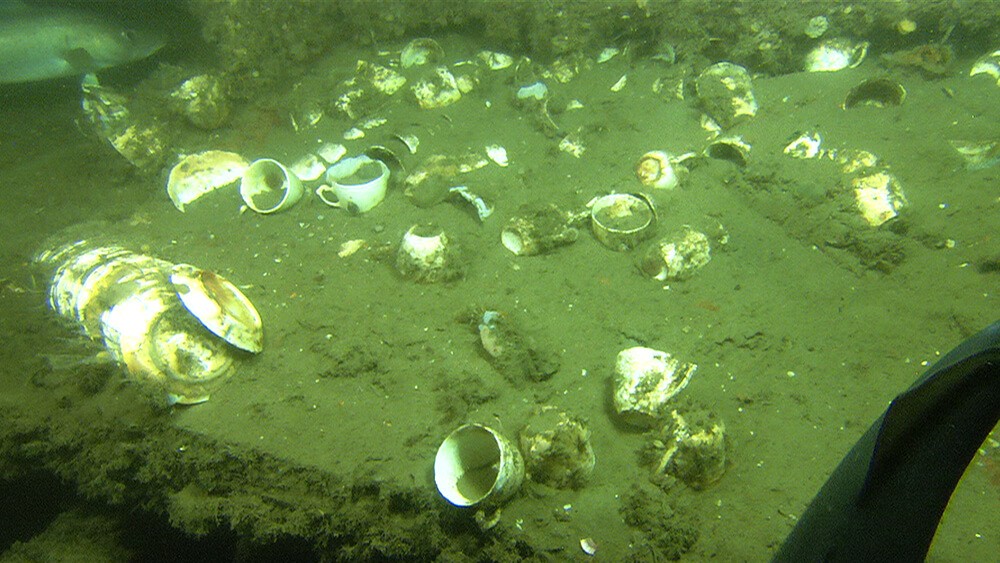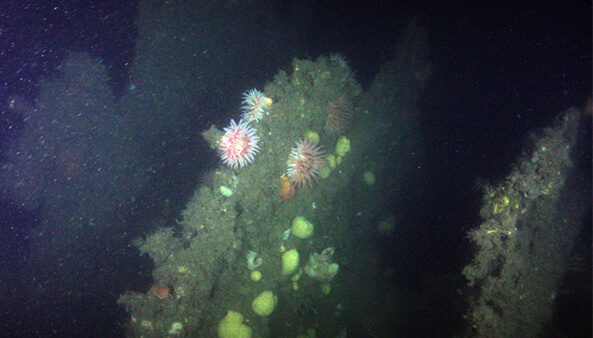Steamship Portland
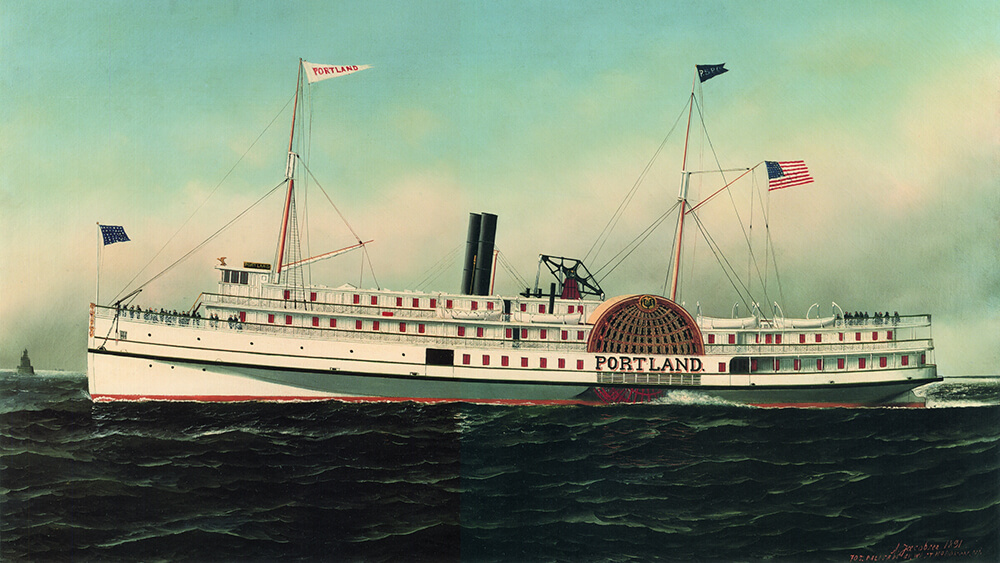
Ship Stats
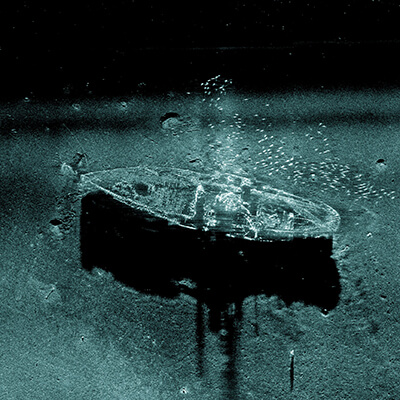
Depth: Over 400 feet
Length: 291 feet
Breadth: 42.1 feet, 65 feet at overhanging paddle guards
Built: 1889 wooden-hulled side-wheel steamship, New England Shipbuilding Company, Bath, Maine
Port of Registry: USA
Owner: Portland Steam Packet Company (later Portland Steamship Company), Portland, Maine
Date Lost: November 27, 1898
Crew: Approximately 65 Crew on last voyage: 63
Passenger Capacity: Up to 800 Passengers during last voyage: 129 or 130
Sunk By: Storm Survivors: 0 of 192 or 193 (all deceased)
Data Collected on Site: Multibeam sonar; side-scan sonar; ROV photography and video
Significance: The ship is often called "The Titanic of New England" due to its long-unknown location, the large loss of life, and its luxurious design. Portland's remnants are considered the best preserved of the New England "night boats" yet located. Its sinking during The Portland Gale of 1898 lent its name to the storm. The wreck was the first of the sanctuary shipwrecks to be listed on the National Register of Historic Places.
Present Day
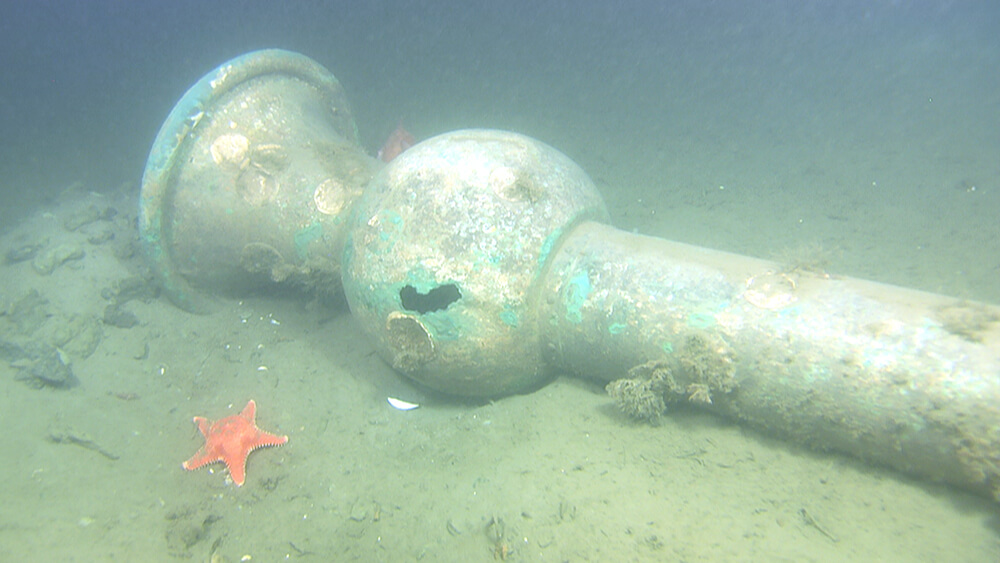
The sanctuary has been making periodic trips to the wreck to confirm its identity and document its condition since 2002, when John Fish and Arnold Carr -- leaders of the Historic Maritime Group of New England and discoverers of the wreck -- provided its coordinates (their initial find in 1989 did not produce conclusive photographic evidence). Over the years, researchers have observed significant human-caused and environmental changes to the wreck site.
Portland lies upright on a mud bottom with its wooden hull nearly intact from the keel up to the main deck level. The vessel's entire superstructure is missing, with only the steam propulsion machinery protruding above deck level. In addition to the wooden hull and engine, smaller cultural artifacts lie scattered inside and outside the hull, providing a glimpse of the steamer’s amenities used by passengers and crew.
Since 2019, the sanctuary has been exploring the wreck with Woods Hole Oceanographic Institution and Marine Imaging Technologies, collecting video imagery to develop virtual 3-D models, studying the invertebrate community, and bringing the excitement of underwater research to the public via real-time broadcasts.
Read about the missions and view recorded broadcasts:
Historical Background
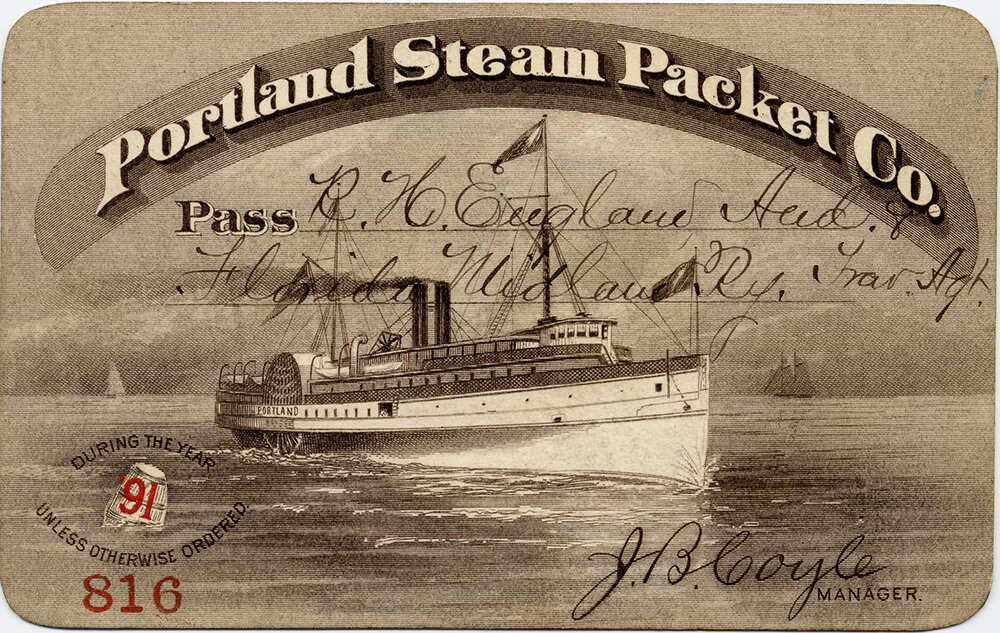
The side-paddle wheel steamship Portland was one of the largest and most palatial vessels afloat in New England during the 1890s. Built in 1889, the steamer ran between Portland, Maine and Boston until its loss with all hands in 1898 during a storm-of-the-century. The Portland Gale was named after the unfortunate ship. The wreck has been labeled "New England's Titanic" due to its long-unknown position and the large loss of life.
The ship departed Boston at its scheduled time of 7:00 p.m. on the Saturday after Thanksgiving. Despite weather warnings (which the captain may or may not have received), the ship headed northeast out of the harbor on a track to Portland, Maine. Unfortunately, conditions worsened quickly and the vessel was caught in a major storm with strong winds, high seas, and snow-impaired visibility. The vessel could not maintain headway due to its shallow draft and side paddle propulsion, although it is believed to have stayed afloat until the next morning. In 1989, researchers calculated Portland's position using wind and current data, the locations of bodies and ship debris that washed up on beaches, and the times on stopped watches on several victims.
The crew of the ship included 19 African American members of Portland's Abyssinian Meeting House. This human loss was a contributing factor in the closure of that church several years later and dealt a significant blow to Portland's Black community.
View the list of the passengers and crew lost with the steamship Portland.
